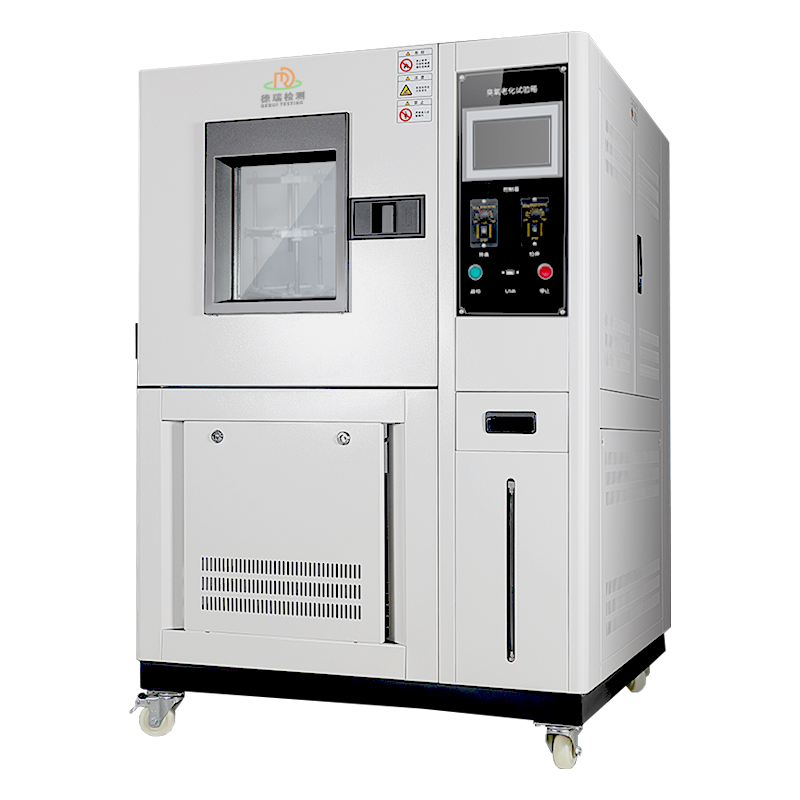
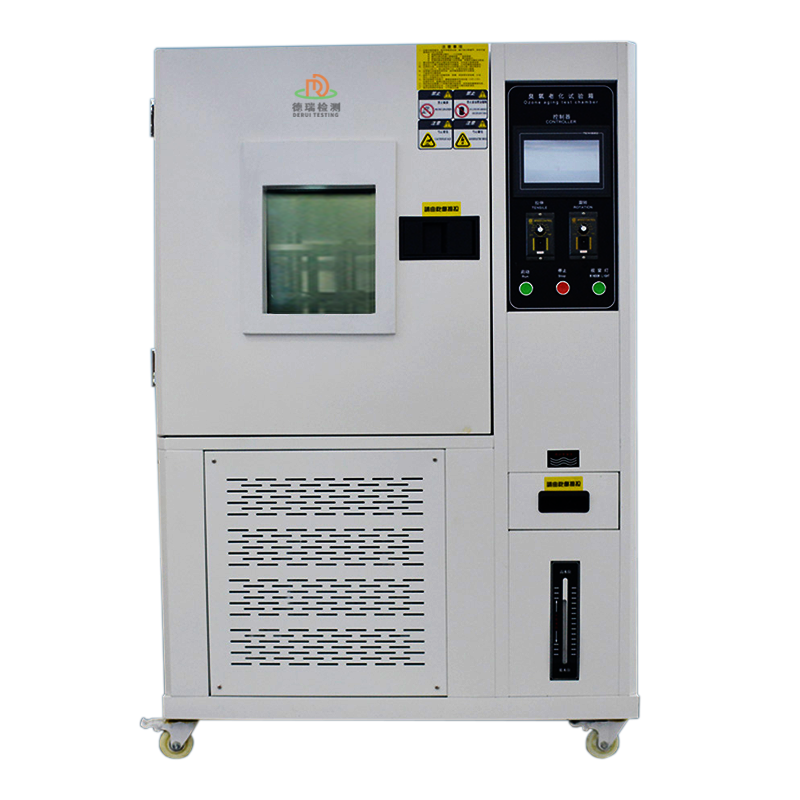
Ozone concentration 20-500ppm test chamber
398005.0 INR/Unit
Product Details:
- Accuracy 2% F.S.
- Humidity 40-85% RH (adjustable)
- Power Supply AC 220V, 50Hz
- Port Size 50 mm
- Mounting Type Floor standing
- Test Range Ozone concentration: 20-500 ppm
- Display Type Digital touch screen
- Click to view more
X
Ozone concentration 20-500ppm test chamber Price And Quantity
- 1 Unit
- 398005.0 INR/Unit
Ozone concentration 20-500ppm test chamber Product Specifications
- Programmable test cycles, over-temperature and over-pressure protection, ozone destruction unit
- Up to 150 mm length
- 1350 mm
- 50Hz
- Ozone Concentration Test Chamber
- Accelerated ozone aging test for rubber, elastomers and related materials
- 30 s
- 0.1-0.3 MPa
- RS232 data output
- 10C - 70C (adjustable)
- 1-6 pieces (adjustable rack)
- 1 ppm
- 20 to 500 ppm ozone
- Variable, programmable
- Automatic
- 135 kg
- 400 mm
- Internal Chamber Volume: 225 L
- AC 220V, 50Hz
- Ozone resistance and aging simulation
- 40-85% RH (adjustable)
- 2% F.S.
- 100 mm
- Digital touch screen
- Microprocessor-based digital control
- 220V, single phase
- Floor standing
- 50 mm
- Ozone concentration: 20-500 ppm
Ozone concentration 20-500ppm test chamber Trade Information
- Cash in Advance (CID)
- 100 Unit Per Month
- 5 Days
- All India
Product Description
Standard Features
| Item | Specification |
| Internal dimension | 450W*450D*500Hmm (100L) |
| Temperature range | RT+10~ 60 (suggest to use 402) |
| Temperature Fluctuation | 1 |
| Ozone concentration | 50~1000 pphm, adjustable (suggest to use 50pphm) |
| Ozone concentration deviation | 10% |
| Sample holder rotation | 360 degree rotation |
| Sample holder | 2pcs removable sample tray, SUS#304 stainless steel |
| Temperature controller | Programmable touch screen controller |
| Ozone concentration analysis | Concentration analysis meter |
| Ozone generator | High pressure silence discharge type |
| Protection system | Leakage, short circuit, over temperature, over heat |
. Basic Concepts
-
Units of pphm: 1 pphm = 1 part per billion (0.01 ppm), thus:
20-500 pphm = 0.2-5 ppm (common ozone aging test concentration range).
-
Usage: To simulate atmospheric ozone environment and test the ozone aging resistance of materials (rubber, plastic, coatings, etc.).
2. Test chamber core requirements
(1) Ozone generation system
-
Generator type: UV lamp method or high-pressure discharge method, need to stabilize the output of 20-500pphm concentration.
-
Control accuracy: within 10%, support programmed concentration adjustment.
(2) Environmental control
-
Temperature range: usually need to cover room temperature to 70 (e.g. 402).
-
Humidity control: Optional (e.g. 50-80% RH), depending on the test standard.
-
Uniformity: Uniform ozone distribution inside the chamber (fan circulation system).
(3) Safety Protection
-
Ozone leakage monitoring: Built-in sensor, automatic shutdown and alarm when the concentration exceeds the standard.
-
Exhaust treatment: catalytic decomposition or activated carbon adsorption to avoid contamination of the laboratory.
(4) Sample rack design
-
Adjustable stretching device: for dynamic stress testing of rubber-like materials (e.g. ASTM D1149).
-
Corrosion-resistant material: to prevent ozone erosion of the box and rack.
3. Typical application scenarios
-
Rubber products: ozone cracking resistance test for tires, seals, cables.
-
Paint/Coating: Evaluation of aging resistance of outdoor materials.
-
Automotive/Electronics industry: Reliability verification of components under ozone environment.
4. Compliance with standards
-
International standards:
ASTM D1149 (static/dynamic testing of rubber)
ISO 1431-1 (Ozone resistance of rubber)
GB/T 7762 (China National Standard)
-
Test modes: static (fixed sample) or dynamic (tensile/bending sample).
5. Suggestions for selection
-
Concentration range: Confirm the need to extend to higher concentrations (e.g. 1000pphm).
-
Chamber volume: choose according to the sample size (commonly 50L-1000L).
-
Data logging: Equipped with real-time monitoring software to record ozone concentration, temperature and humidity profiles.
-
6. Precautions
-
Safe operation: Experimenters need to wear protective equipment and ensure good ventilation.
-
Calibration and maintenance: Calibrate the ozone sensor regularly and replace the generator consumables (e.g. UV lamps).
For further customized solutions or parameter comparisons, please provide specific test standards and sample types!
Uniform and Accurate Ozone Exposure
This chamber delivers precisely controlled ozone concentrations ranging from 20 to 500 ppm, with uniform distribution maintained by an internal circulation fan. The integrated electrochemical or UV-light based sensors provide real-time, high-accuracy monitoring, ensuring consistent test results and compliance with accelerated aging protocols.
Robust Safety and Durability Features
Safety is prioritized through automatic shutdown when the door is open, gas leak sensors, and over-temperature/over-pressure protection. The chambers tight-sealed door and ozone destruction unit minimize operator risk, while the stainless steel SUS304 interior and coated steel exterior ensure long-lasting performance and easy maintenance.
Flexible Operation and Programmable Testing
Controlled via a digital touchscreen and microprocessor, the chamber offers programmable test cycles, variable speed, and adjustable environmental parameters. Its versatile design accommodates up to six specimens simultaneously, with adjustable humidity (40-85% RH) and temperature (10C70C), enabling a broad range of testing applications for different material types.
FAQs of Ozone concentration 20-500ppm test chamber:
Q: How do I operate the ozone concentration test chamber for aging tests?
A: Operation is straightforward with the microprocessor-based digital touch screen control. Simply set your desired ozone concentration (20-500 ppm), temperature, humidity, and test duration. Place specimens on the adjustable rack, close the tight-sealed door, and start the program. The chamber will automatically manage test parameters and safety features throughout the cycle.Q: What safety features are included with the chamber?
A: The chamber is equipped with automatic shutdown when the door is opened, a gas leak sensor, over-temperature and over-pressure protection, and an ozone destruction unit. These features ensure operator safety and prevent ozone leakage during testing.Q: When should I use this chamber for testing materials?
A: The ozone test chamber is best used during material development, quality assurance processes, or research settings when it is necessary to assess the ozone and aging resistance of rubber, elastomers, and related materials under accelerated ozone exposure conditions.Q: Where can this ozone test chamber be installed?
A: Designed as a floor-standing unit with a compact footprint (maximum height of 1350 mm), the chamber can be installed in laboratories, quality control departments, and research facilities. It requires an AC 220V, 50 Hz power supply and appropriate ventilation for safe ozone management.Q: What is the process for conducting a test cycle in this chamber?
A: Place the specimens in the chamber, set the required test parameters (ozone concentration, temperature, humidity, duration), and initiate the program via the touchscreen. The system automatically controls environmental conditions and logs data, with results easily downloaded via the RS232 interface.Q: How does this chamber benefit my material testing workflow?
A: The chamber accelerates aging tests, delivers reproducible and accurate results, and minimizes risk with automated safety systems. Its programmable settings and multi-specimen capacity streamline the testing process, saving time and improving reliability in evaluating ozone resistance.Q: What accessories are provided with the ozone concentration test chamber?
A: The chamber includes specimen clamps for secure placement, an official calibration certificate for assured accuracy, and a comprehensive user manual to guide setup and operation.Tell us about your requirement

Price:
Quantity
Select Unit
- 50
- 100
- 200
- 250
- 500
- 1000+
Additional detail
Mobile number
Email




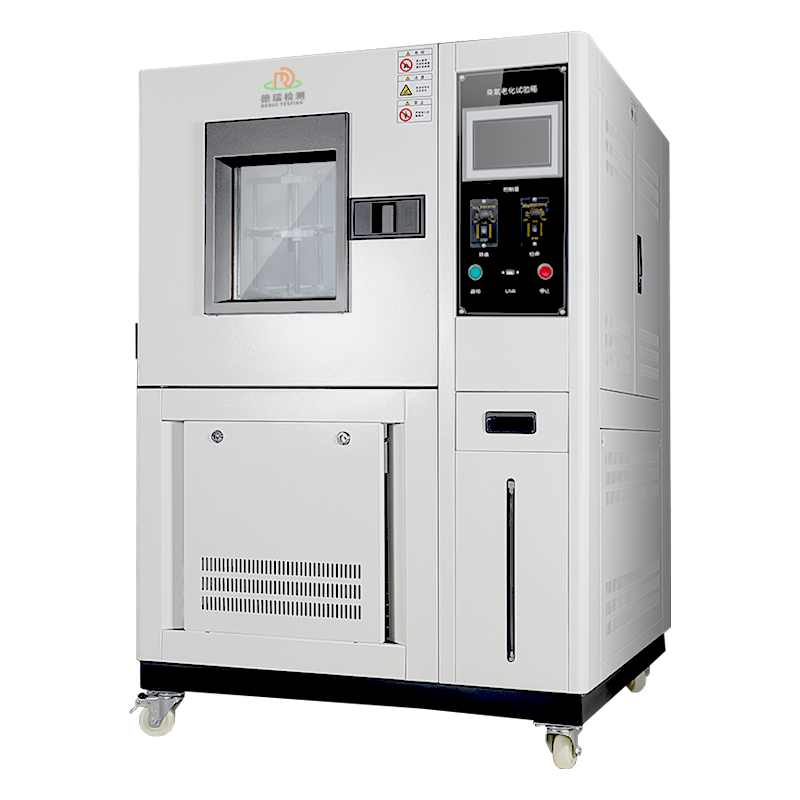
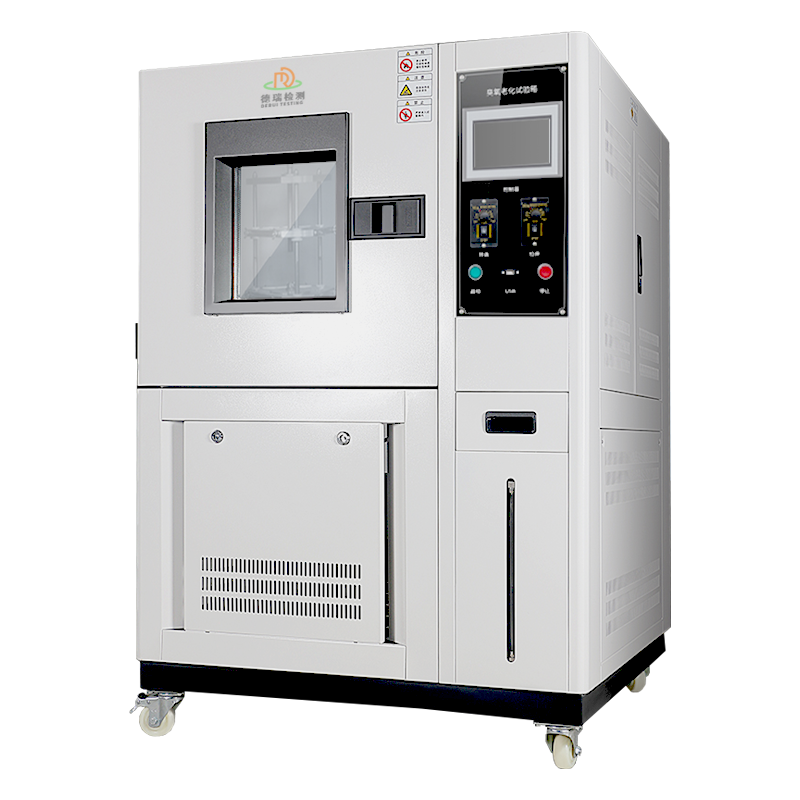
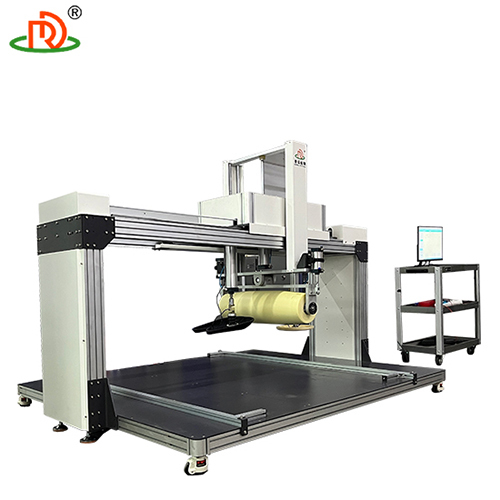
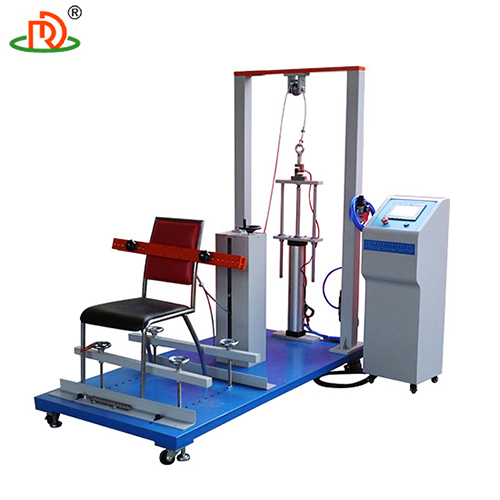

 English
English Spanish
Spanish French
French German
German Italian
Italian Chinese (Simplified)
Chinese (Simplified) Japanese
Japanese Korean
Korean Arabic
Arabic Portuguese
Portuguese